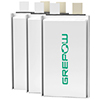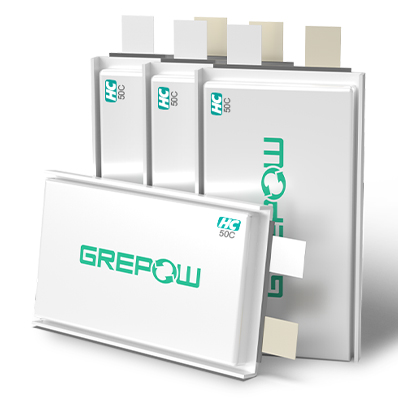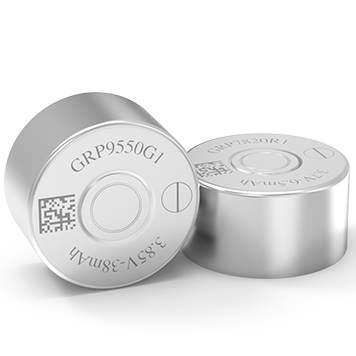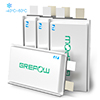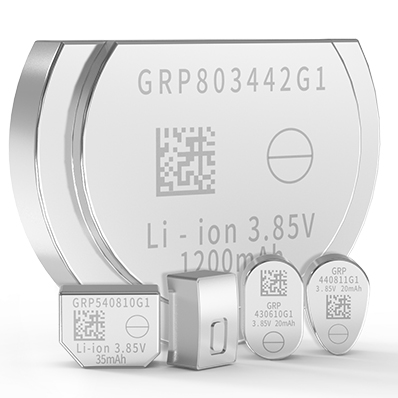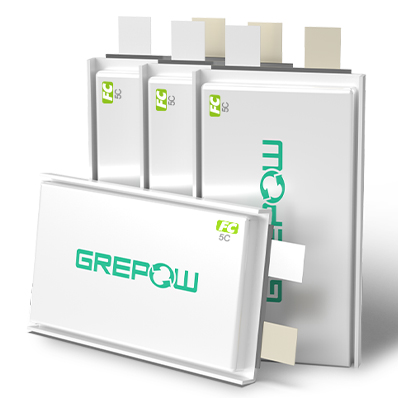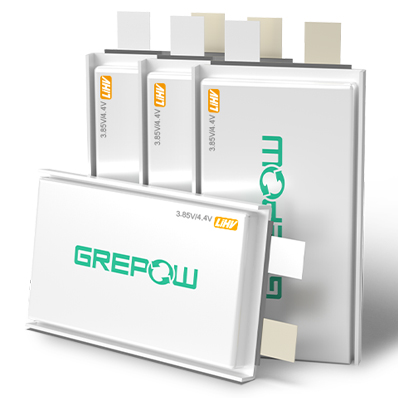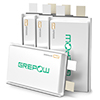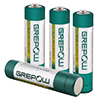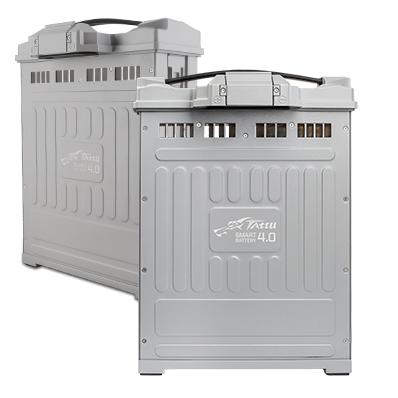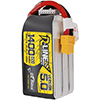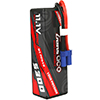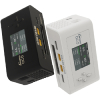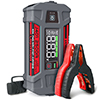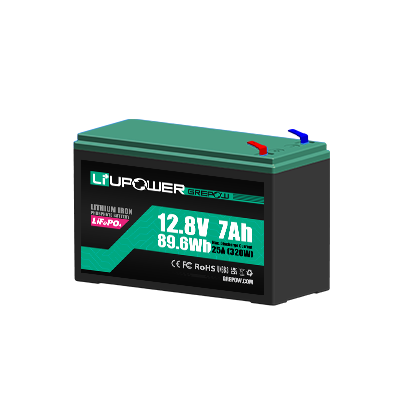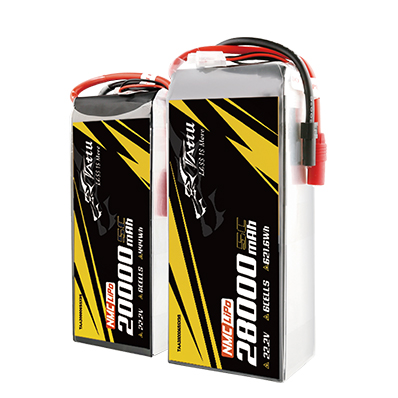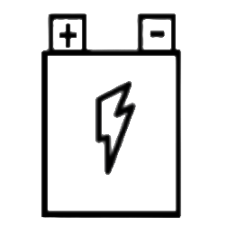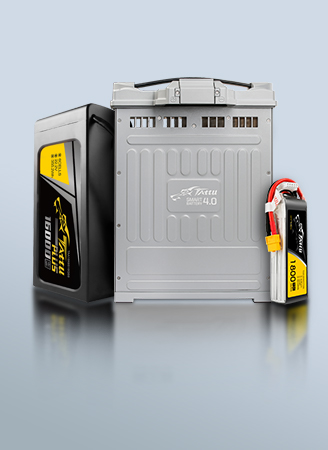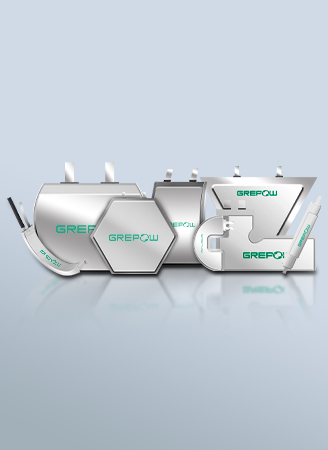What Is a Heavy Lift Drone?
Heavy lift drones represent a significant evolution in unmanned aerial vehicle (UAV) technology, designed to carry substantial payloads far exceeding the capabilities of standard commercial or consumer drones. These robust aerial platforms are capable of transporting substantial payloads that once required helicopters, cranes, or manual labor. Combining advanced engineering with cutting-edge technology, these drones bridge the gap between traditional logistics and futuristic automation. This article explores their design, capabilities, and real-world applications, backed by technical expertise and industry insights.
What is a heavy lift drone?
A heavy-lift drone is a type of UAV specifically designed to carry substantial payloads—usually greater than 5 kg (11 lbs) and often exceeding 20 kg (44 lbs), depending on the model and configuration. Unlike consumer drones built for photography or recreation, heavy-lift drones are engineered with high-thrust motors, durable frames, advanced flight control systems, and often redundant power systems to ensure safety and performance under heavy load. Used in industries like construction, agriculture, and emergency response, they excel in tasks requiring heavy lifting in hard-to-reach areas.
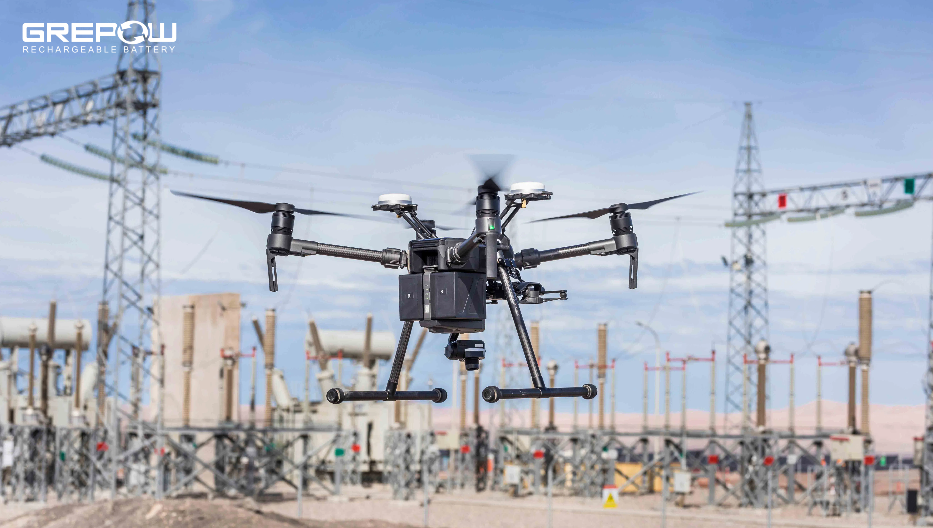
What motors does a heavy lift payload drone use?
Heavy-lift drones rely on high-performance brushless DC (BLDC) motors, which provide a high thrust-to-weight ratio and efficiency. Unlike brushed motors, brushless motors use non-contact current transfer, reducing friction-related energy losses and enhancing durability under heavy loads. These motors are typically paired with large, high-performance propellers to maximize thrust.
Characteristics of Heavy-Lift Motors:
●KV Rating: Typically low KV (e.g., 100–200 KV) for torque-rich performance with large props
●High Torque: Essential for lifting heavy payloads, high-torque motors ensure consistent power delivery even under strain.
●Advanced Cooling Systems: Integrated centrifugal fans or sophisticated cooling mechanisms maintain optimal operating temperatures, enhancing reliability during extended missions.
●Thrust Output: Motors can deliver between 10 kg to 30+ kg of thrust per motor
How much weight can a heavy lift drone carry?
The defining characteristic of a heavy lift drone is its payload capacity. Payload capacity depends on the drone's size, motor power, battery capacity, and flight design. Unlike consumer drones that might carry a few pounds, heavy lift drones are designed to carry payloads ranging from tens to hundreds of kilograms. Categorically, while commercial drones might handle payloads between 9 to 30 kg (20 to 66 lbs), heavy lift and experimental drones can go significantly higher, often exceeding 45 kg (100 lbs) and reaching over 220 kg (500 lbs) or more in some specialized designs. The maximum payload capacity is a critical specification and varies greatly depending on the drone's size, design, number of motors, and power system.
What is the maximum payload capacity of a heavy-lift drone?
The maximum payload capacity of currently available heavy-lift drones reaches up to 200 kg (440 lbs). However, such payloads are typically handled by hybrid-electric or fuel-powered drones designed for long-range logistics or emergency supply drops.
Which types of drones can lift the most weight?
Drones that can lift heavy loads usually fall into three types based on how they're built and powered:
1. Hybrid-Powered Drones (Gas + Electric)
●Lift Capacity: Up to 250 kg (550 lbs)
●Use gas engines for power and electric motors for control
●Fly longer and carry the heaviest loads
●Great for firefighting, rescue, and industrial delivery
2. Large Electric Multirotor Drones
●Lift Capacity: Up to 20–50 kg (44–110 lbs
●Use only electric motors and batteries
●Have 4 to 12 propellers
●Used for filmmaking, farming, mapping, delivery, and construction
3. Fixed-Wing VTOL Drones (Takeoff like a drone, fly like a plane)
●Lift Capacity: Up to 80 kg, some future models aim for 200+ kg
●Take off vertically but fly forward like a plane
●Very efficient for long-distance delivery
What type of batteries or power systems do heavy-lift drones use?
The power systems of heavy lift drones are crucial for providing the energy needed for lift and endurance. The most common power source is lithium polymer (LiPo) or Li-ion batteries. These batteries are favored for their high energy density and ability to discharge large currents required by the powerful motors. Heavy lift drones typically use larger battery packs, often consisting of multiple high-capacity LiPo cells configured in series and parallel to achieve the required voltage and capacity. Advanced battery management systems are essential to monitor performance, temperature, and charge levels for safe and efficient operation. Beyond LiPo batteries, other power systems are being explored and implemented for increased flight time and energy efficiency:
●Fuel Cells (e.g., Hydrogen Fuel Cells): These systems have the potential for significantly longer flight times compared to batteries due to the high energy density of hydrogen. They are being explored for applications requiring extended endurance and heavier lifts.
●Hybrid Systems: Combining internal combustion engines with electric motors can offer a balance of power for lift and fuel efficiency for extended range.
●High-Energy-Density Semi-Solid State Batteries: With capacities up to 350 Wh/kg, these batteries provide more power without significantly increasing weight, ideal for heavy lift applications. Grepow offers such semi-solid state batteries with capacities ranging from 850 mAh to 84 Ah.
●Lithium-Sulfur and Solid-State Batteries: Emerging technologies being explored to extend flight times and improve energy efficiency.
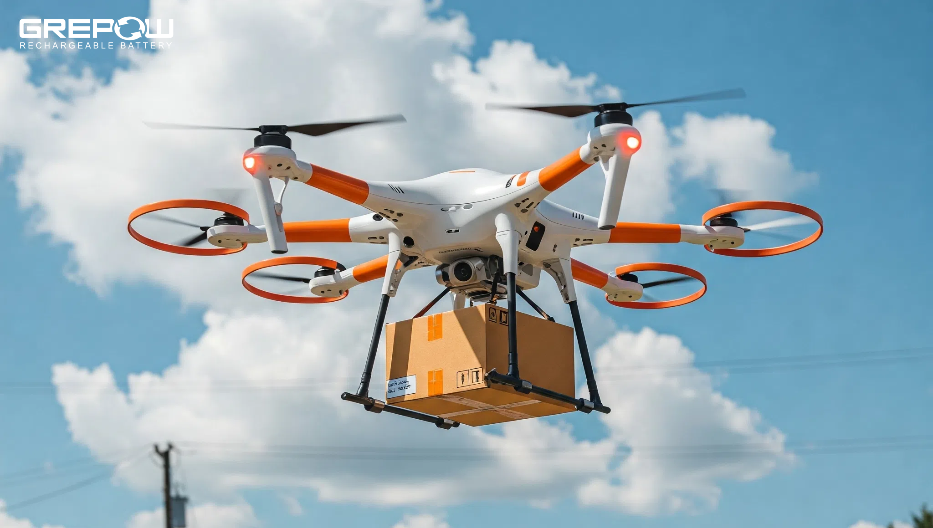
How long can heavy-lift drones fly with a full payload?
Flight duration for heavy lift drones with a full payload is typically shorter than with no payload due to increased power consumption. On average, flight times range from 15 to 70 minutes, depending on the drone’s design, battery capacity, and payload weight. Factors affecting flight time include payload weight, environmental conditions (e.g., wind or temperature), and the efficiency of the propulsion system. Hybrid systems or advanced battery technologies can extend flight times, but most drones require careful mission planning to balance payload and endurance.
Heavy lift drone vs. traditional methods: which is more efficient?
Heavy lift drones offer significant advantages over traditional methods (e.g., helicopters, trucks, or manual labor) in many scenarios, but their efficiency depends on the application. Here’s a comparison:
Advantages of Heavy Lift Drones
●Speed and Accessibility: Drones can reach remote or hazardous areas faster than ground vehicles or manned aircraft, delivering supplies or equipment to locations inaccessible by traditional means. For example, drones can deliver medical supplies to disaster-stricken areas within minutes.
●Cost-Effectiveness: Drones reduce labor and fuel costs compared to helicopters or large crews. They also minimize downtime by automating tasks like inspections or deliveries.
●Safety: By replacing manual climbs or manned flights in dangerous environments, drones reduce risks to personnel. For instance, drones can inspect high-voltage lines without exposing workers to live voltage.
●Environmental Impact: Electric drones produce zero emissions, making them a sustainable alternative to combustion-engine helicopters or trucks.
●Precision: Advanced flight control systems and GPS enable precise payload delivery, critical for tasks like search and rescue or construction.
Limitations of Heavy Lift Drones
●Payload and Range Constraints: Drones have lower payload capacities and shorter ranges compared to helicopters or trucks, limiting their use for large-scale logistics.
●Battery Life: Limited flight times necessitate frequent recharging or battery swaps, which can interrupt operations.
●Weather Dependency: Drone operations can be significantly impacted by adverse weather conditions like strong winds, heavy rain, or lightning, which may not pose as significant a challenge to some traditional methods.
●Regulatory Restrictions: Strict aviation regulations, particularly for drones over 55 lbs, can complicate operations in urban or controlled airspace.
What are the primary commercial applications of heavy lift drones?
Heavy lift drones are revolutionizing multiple industries by enabling tasks that were previously costly, time-consuming, or dangerous. Key applications include:
●Logistics and Delivery: Companies like Amazon are exploring drones for package delivery, especially in remote areas.
●Construction and Engineering: Drones transport materials to high or remote sites, assist in surveying, and provide real-time imagery for project monitoring.
●Agriculture: Heavy lift drones spray pesticides, plant seeds, or deliver fertilizers over large areas, improving efficiency and precision.
●Search and Rescue: Drones deliver supplies, equipment, or life-saving devices to disaster zones, reaching areas inaccessible to human crews.
●Aerial Cinematography: Drones carry high-resolution cameras for film production, capturing dynamic shots for movies, concerts, or sports events.
●Infrastructure Inspection: Close-up inspections of bridges, pipelines, power lines, and wind turbines using high-resolution sensors
How much doses a heavy lift drone cost?
The cost depends on payload capacity, power system, flight features, and customization. Price Range:
●Entry-level (5–10 kg): $5,000 – $15,000
●Professional-grade (10–25 kg): $20,000 – $50,000
●Industrial/custom drones (25–200+ kg): $60,000 – $250,000+
Custom-built platforms for specialized missions can cost $500,000 or more when factoring in development, certifications, and advanced sensors. Despite the high initial investment, drones often deliver substantial returns by reducing labor costs and improving operational efficiency.
What are the regulatory challenges for operating heavy-lift drones?
Operating heavy-lift drones involves strict regulatory compliance due to safety, airspace, and operational risks.
●Certification: FAA (U.S.) and EASA (EU) require airworthiness certifications for drones >25 kg.
●Beyond Visual Line of Sight (BVLOS) Operations: Many heavy lift applications, like long-range deliveries, require BVLOS approvals, which involve proving safety and reliability.
●Airspace Restrictions: No-fly zones near airports or urban areas.
●Pilot Training and Licensing: Operating heavy lift drones often requires more advanced training and specific certifications compared to flying smaller drones, reflecting the increased risks and complexities involved.
●Privacy and Security: Regulations may restrict drone use in sensitive areas or for certain payloads.
●International Variations: Regulatory frameworks differ significantly between countries, creating challenges for operators who wish to use heavy lift drones across international borders.
Conclusion
Heavy lift drones offer unmatched efficiency in payload transport, disrupting industries reliant on traditional methods. While challenges like regulation and battery life persist, their potential to save time, costs, and lives positions them as a cornerstone of modern logistics. Grepow, a leading global drone battery manufacturer, provides high-performance drone LiPo batteries engineered for heavy-lift drones. With discharge rates up to 45C and capacities reaching 84Ah, these batteries deliver the crucial instantaneous current needed for liftoff. Additionally, Grepow's advanced semi-solid state batteries offer energy densities up to 350Wh/kg, while their ultra-high voltage batteries feature a single cell voltage of up to 4.45V, making them ideal choices for demanding heavy-lift applications. If you have any questions or needs, please feel free to contact us at info@grepow.com.
Related Articles:
What Are Medical Drones Used For?
Related Articles
-
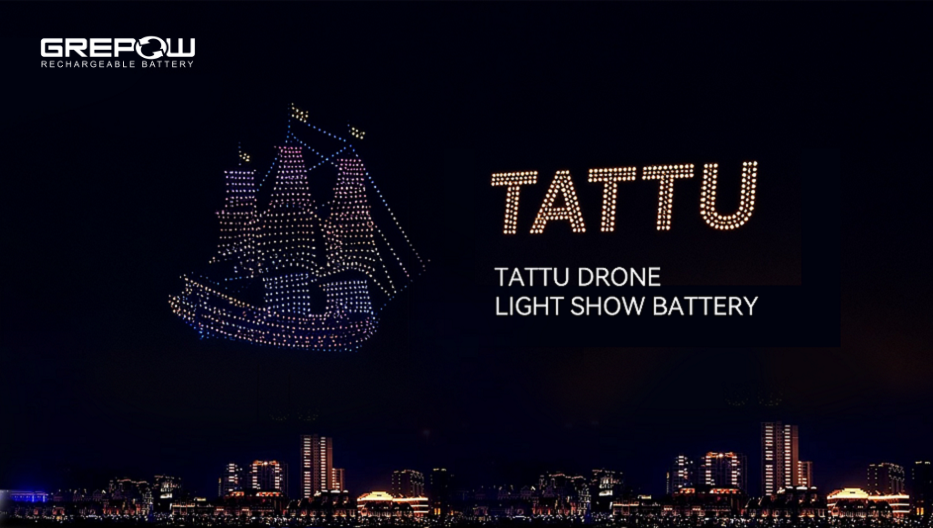
Powering Aerial Artistry: Grepow Battery Solutions Behind Drone Light Shows
2025-10-27 -

Vatican Drone Show: Where Technology Meets Faith
2025-09-15 -
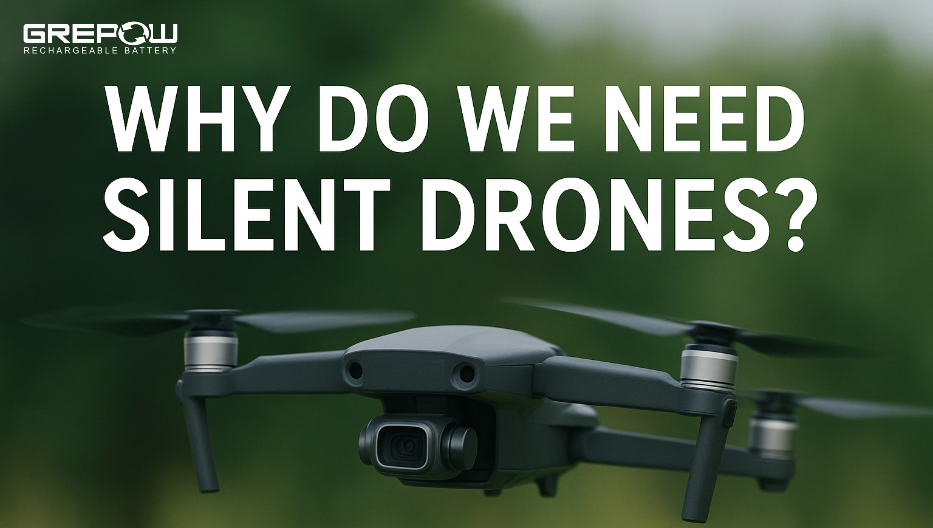
Why Do We Need Silent Drones?
2025-09-02
Related products
-
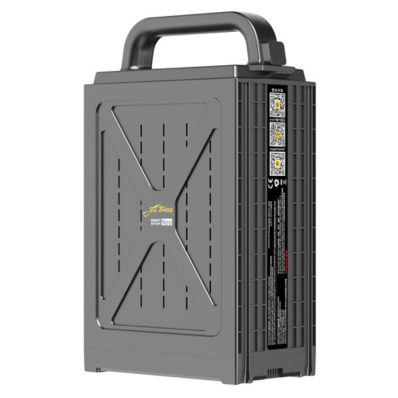
Tattu Neo Series Smart Batteries For Industrial Drones
-
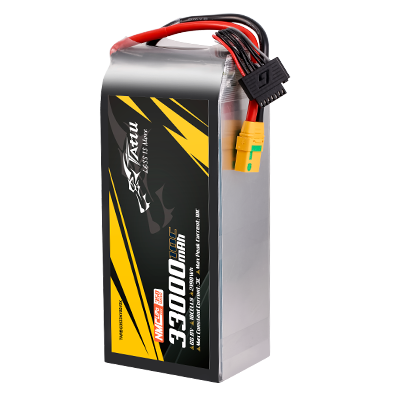
350Wh/kg Series Semi-Solid State High Energy Density Battery Pack
-
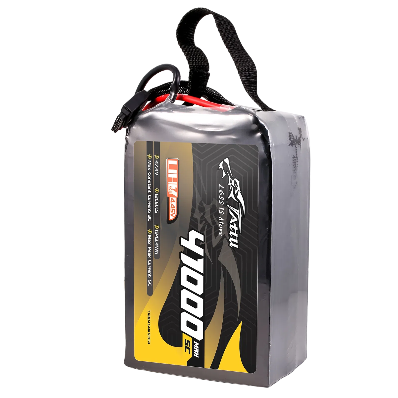
4.45V Ultra High Voltage Series Semi-Solid State Battery

